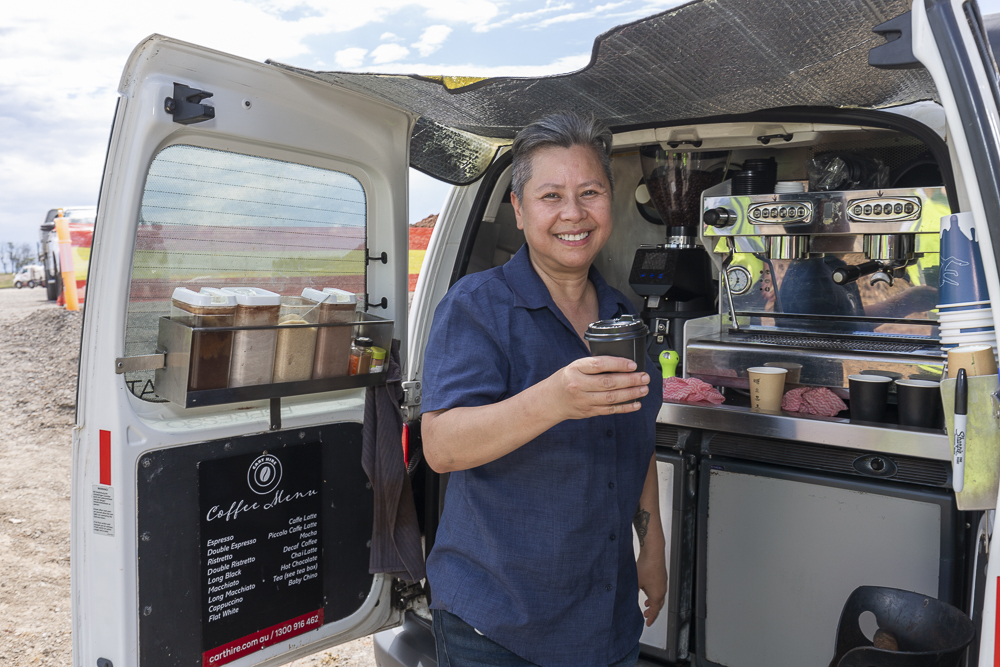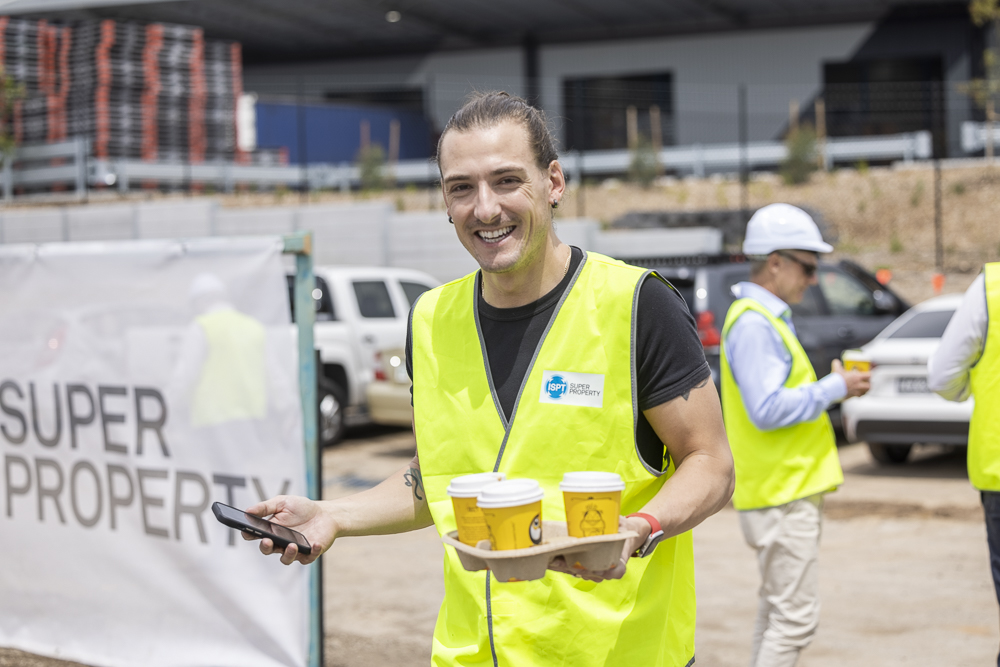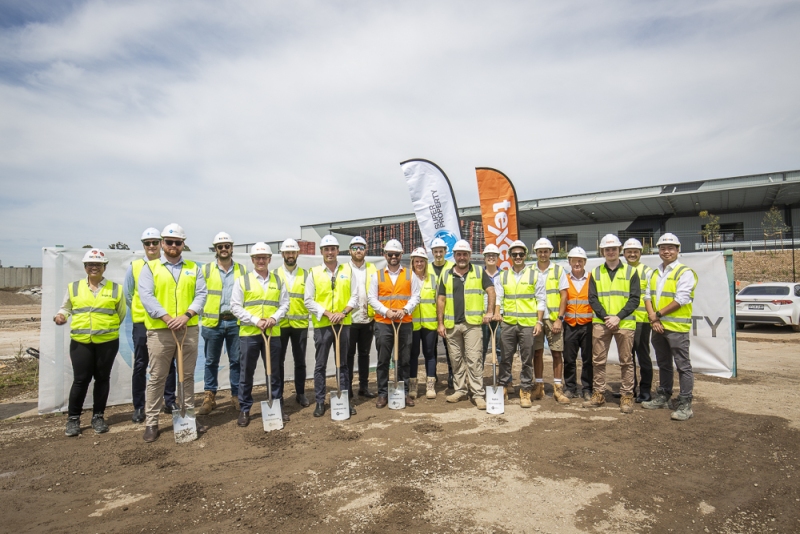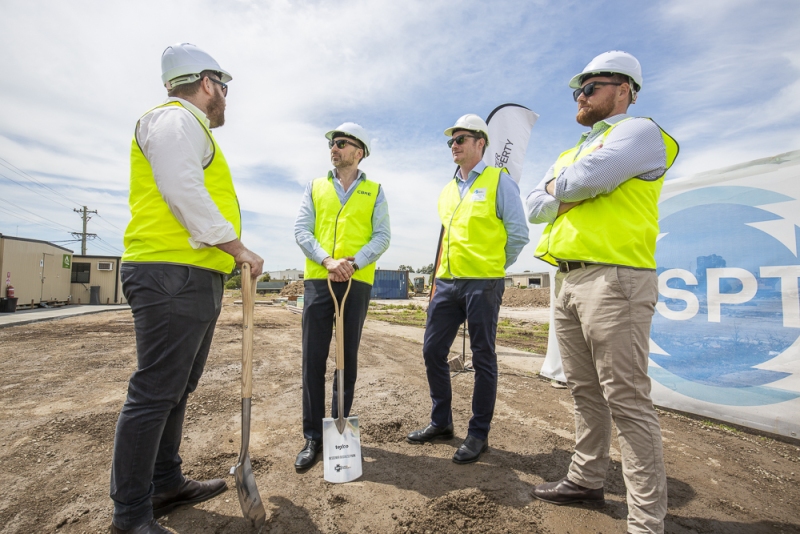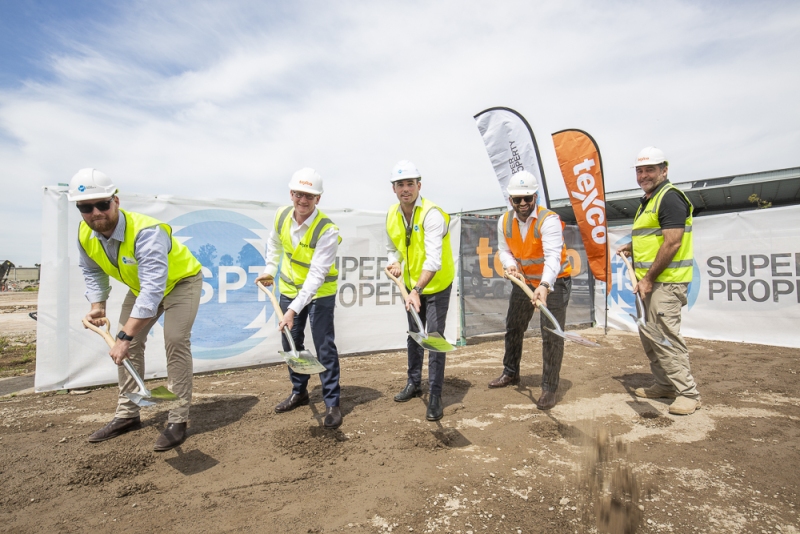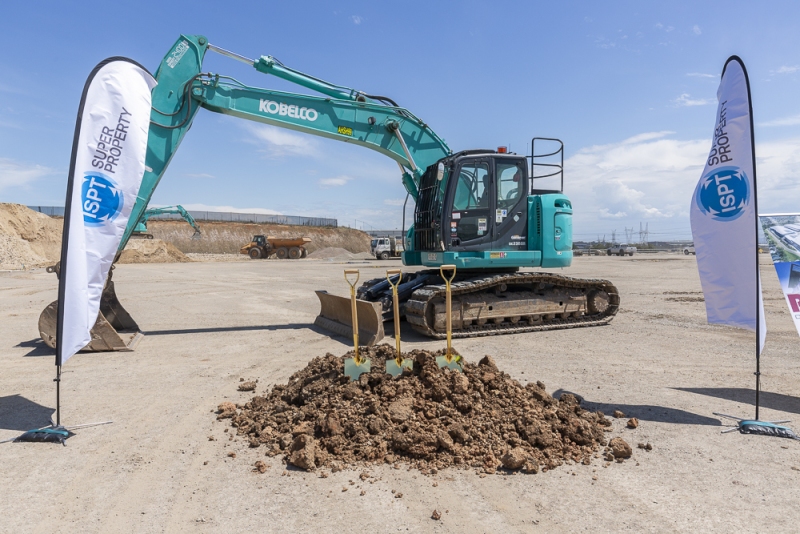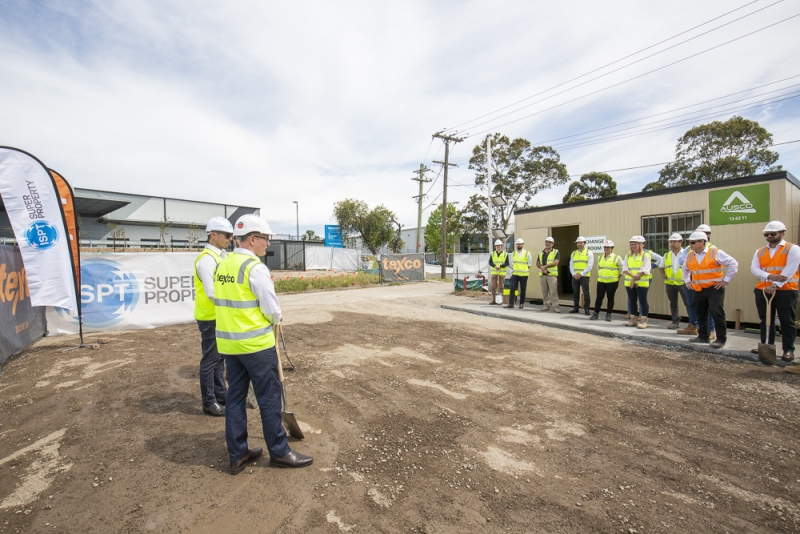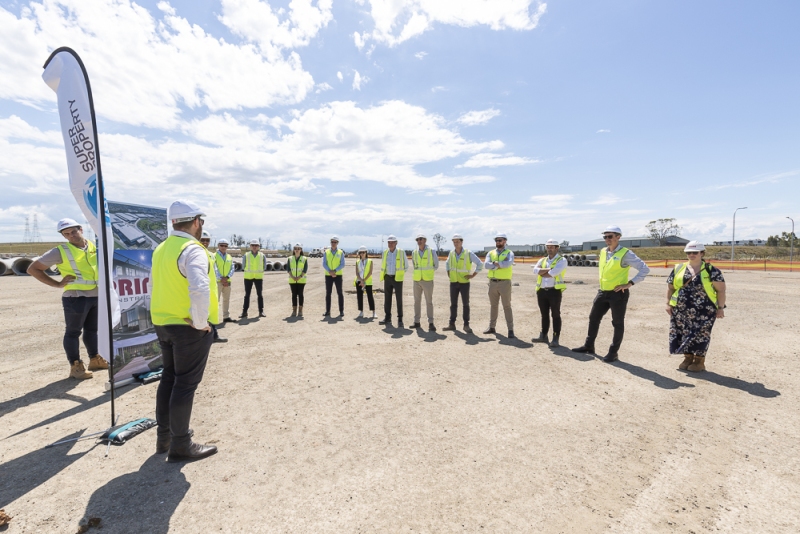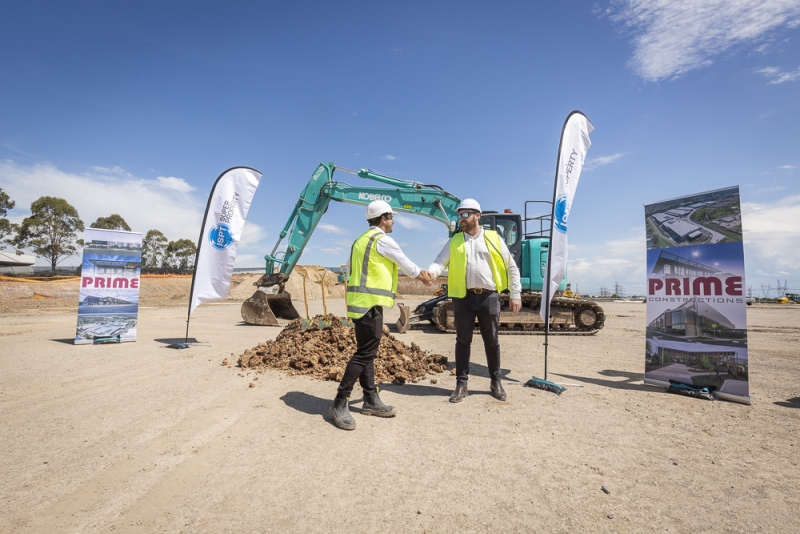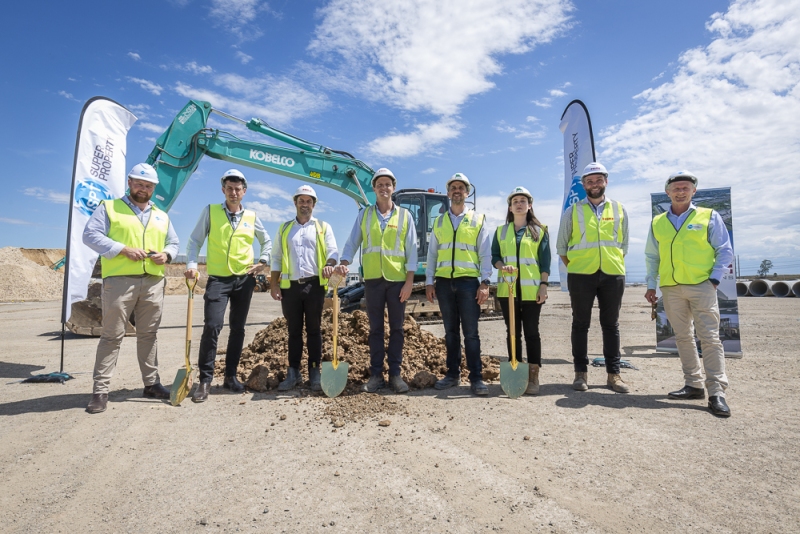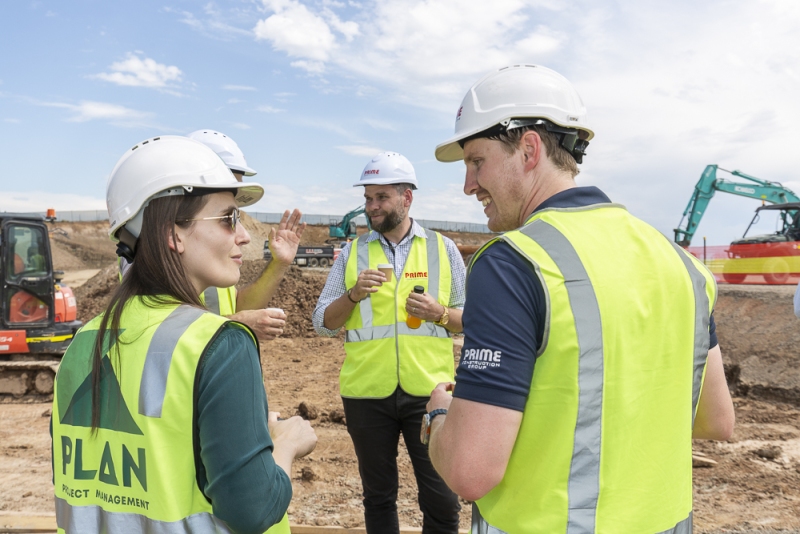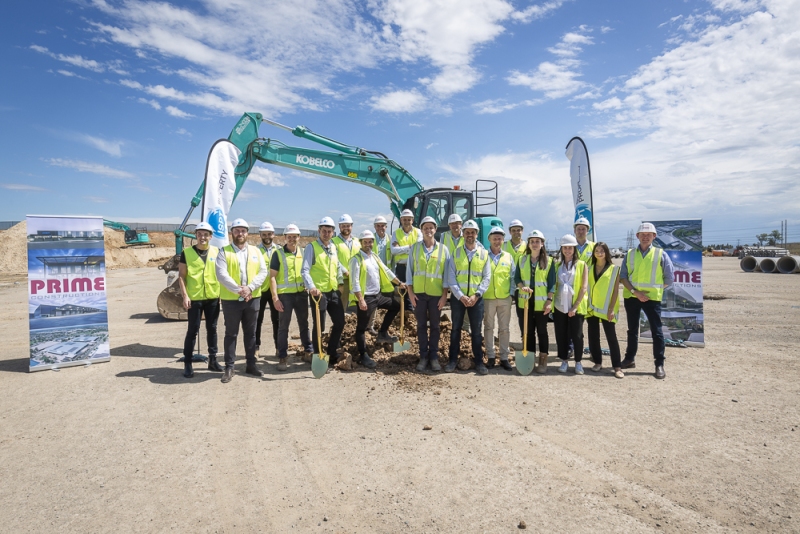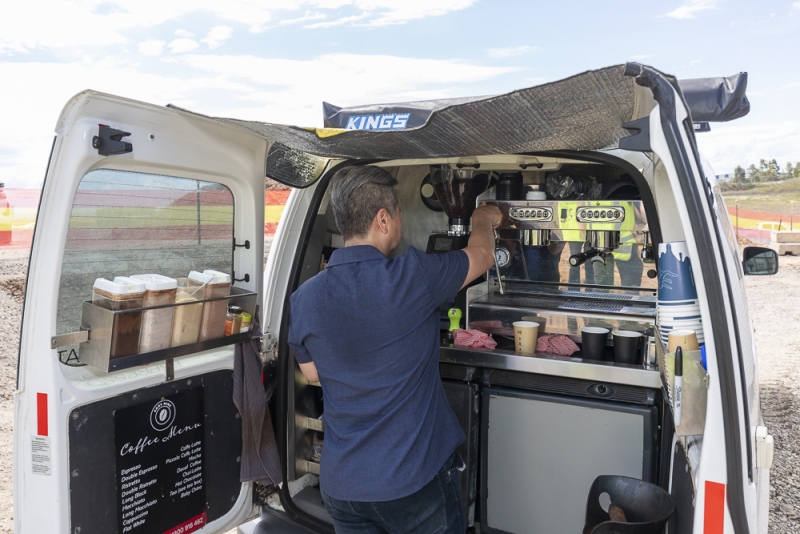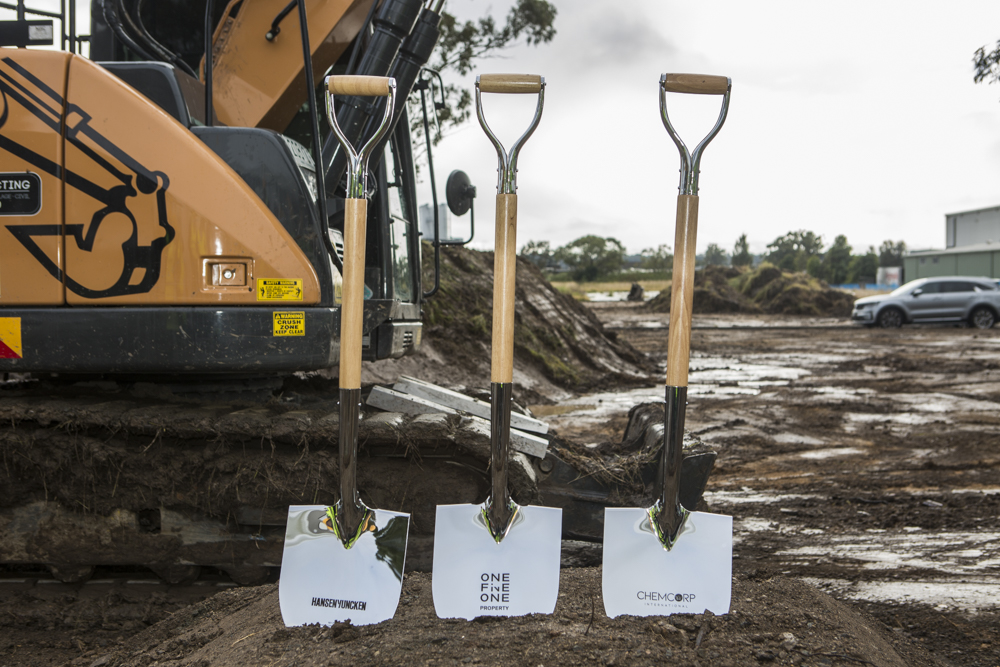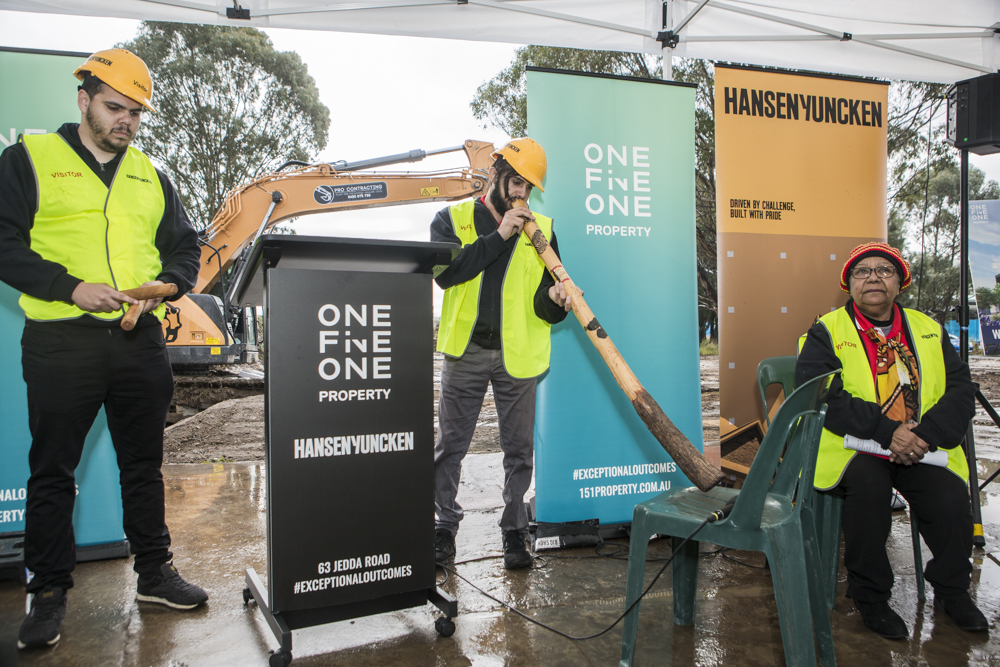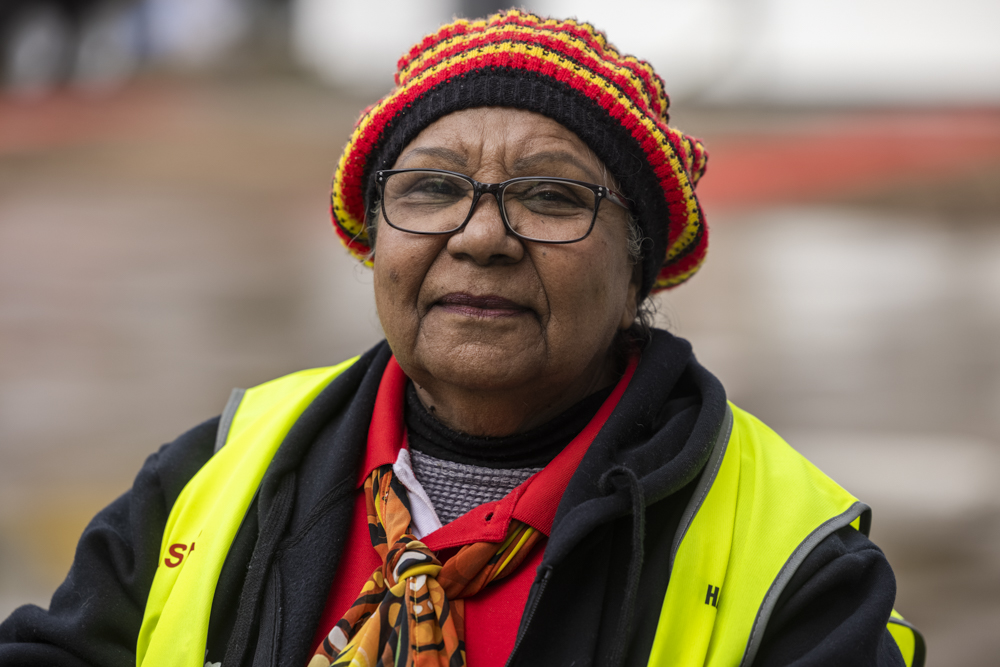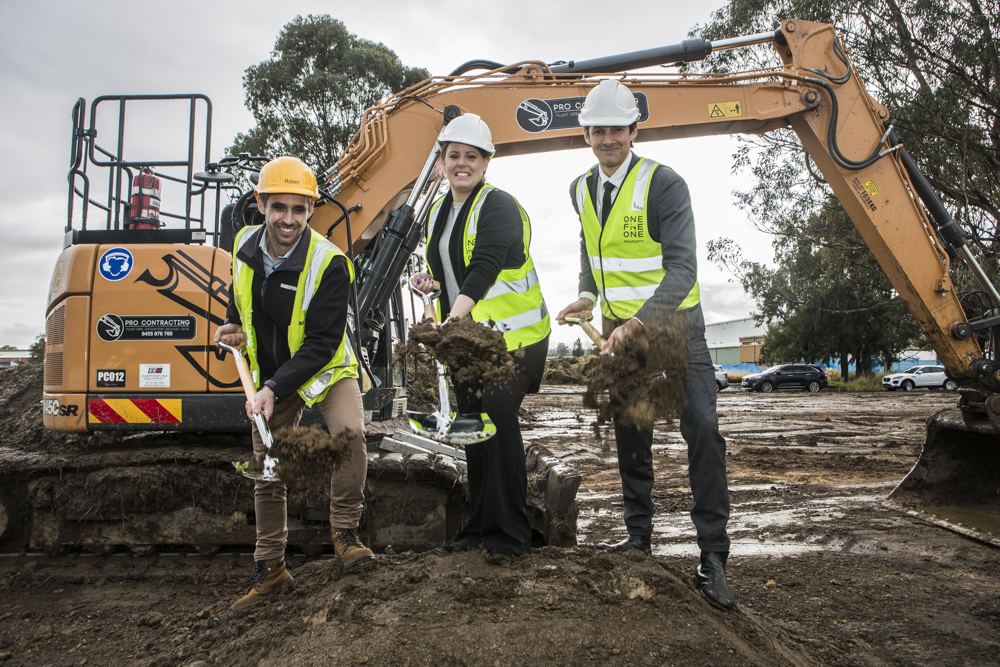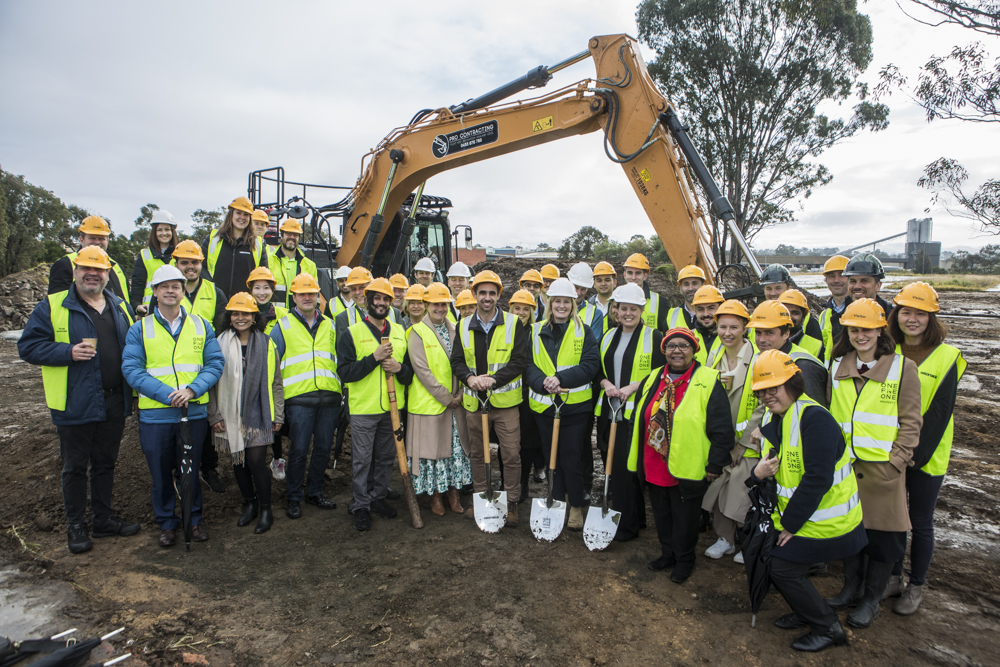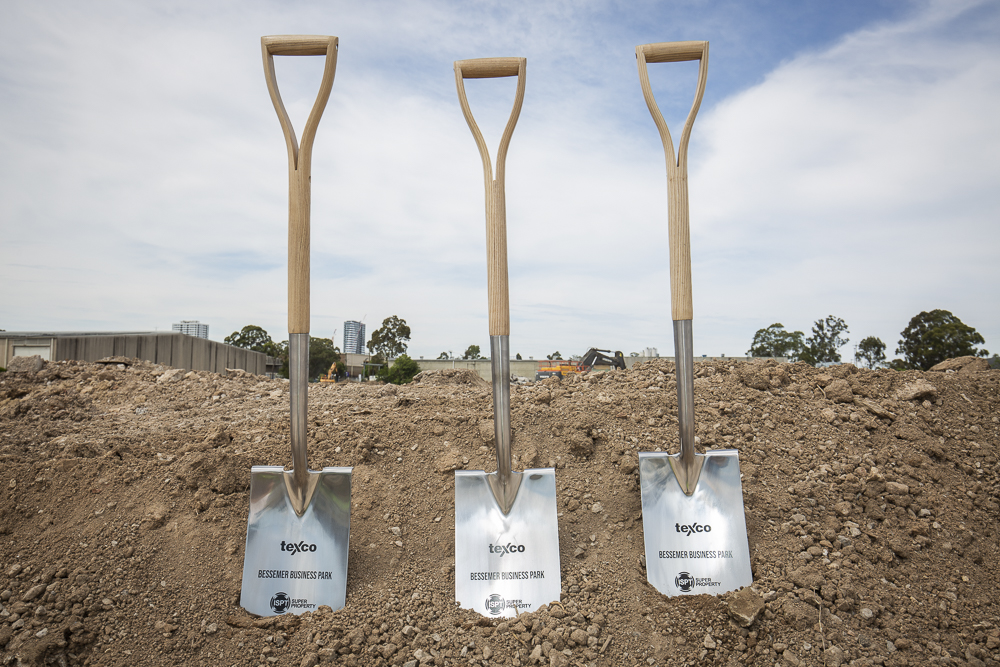
Sod turning, also known as groundbreaking, cutting, sod-cutting or “turning the first sod”, is a traditional ceremony in many cultures to celebrate the first day of construction of a building or other large-scale project. Such ceremonies are often attended by dignitaries including politicians and financers. In two recent ceremonies in Sydney which I recorded as photographer, the dignitaries were various business people associated with the developments, namely the developer (ISPT) and the two respective builders (Prime Constructions and Texco).
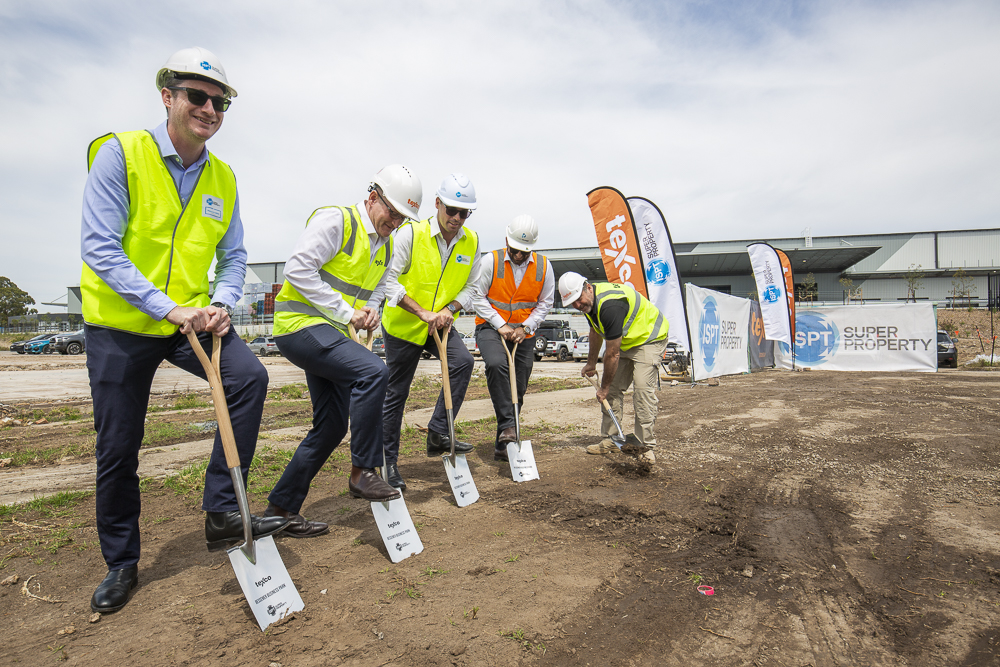
The actual shovel used (see above pic) during the groundbreaking is often a special ceremonial shovel, sometimes coloured gold, and it is meant to be saved for subsequent display. It may also be engraved. Sometimes a bulldozer is used instead of a shovel (but not at these two events, although an excavator was moved into the background at the Eastern Creek site for dramatic effect).
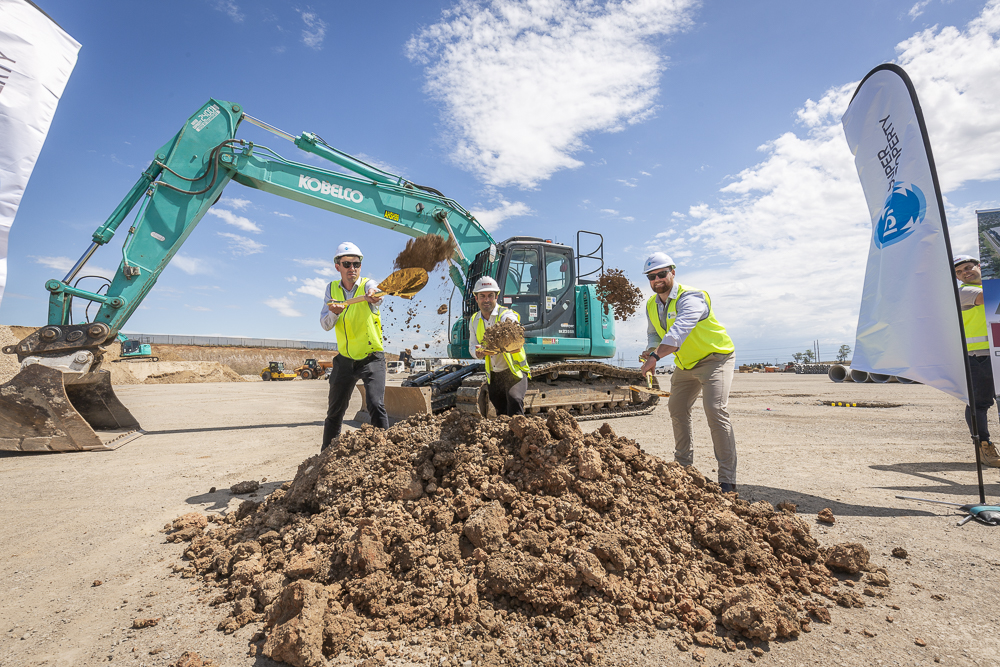
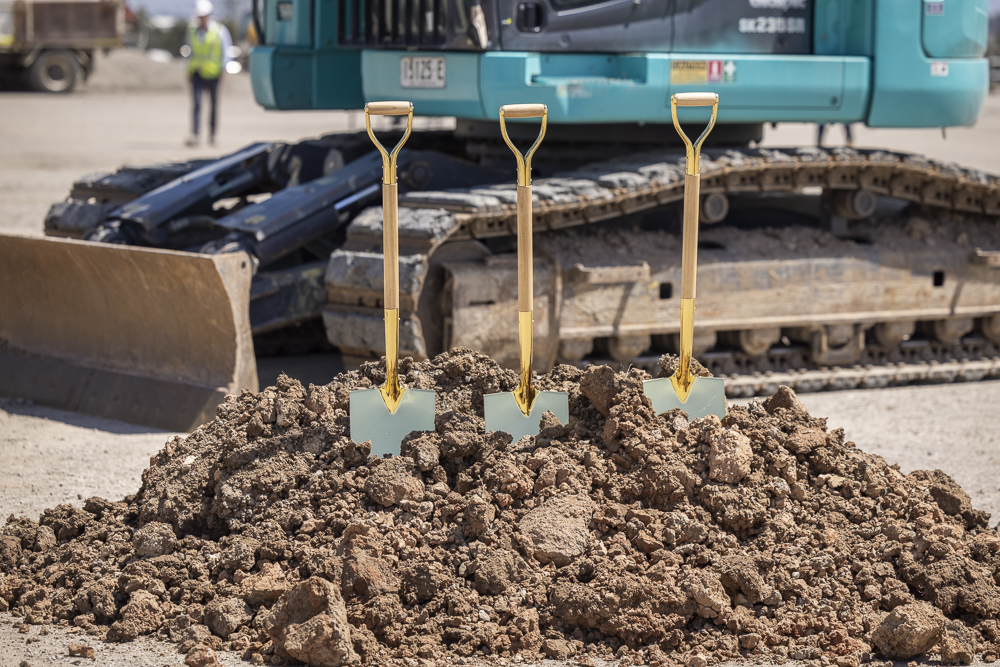
Groundbreaking ceremonies have a long history, celebrated for centuries to officially mark the beginning of construction of a new property, partly to thank those who made it possible (noting that the people concerned may have already been working for years to finance, design and develop the project to the point of actual construction). The first documented groundbreaking ceremony took place in ancient China, in 113 BC. Many early groundbreaking ceremonies were intrinsically linked to religion, however this is not necessarily the case in modern times.
In November, I attended two ceremonies on the same day … both featuring the developer ISPT, who partnered with Texco (builders for the Bessemer Business Park in Blacktown) and Prime Constructions (builders for the Eastern Creek site). I appreciate how important it is to acknowledge the hard work and achievement of people through these “rites of passage”, such as sod turning. Of course this is just the start, since these men and women are about to embark on a new phase of hard work, in the building of these new structures and warehouse facilities, due for completion in late 2024.


